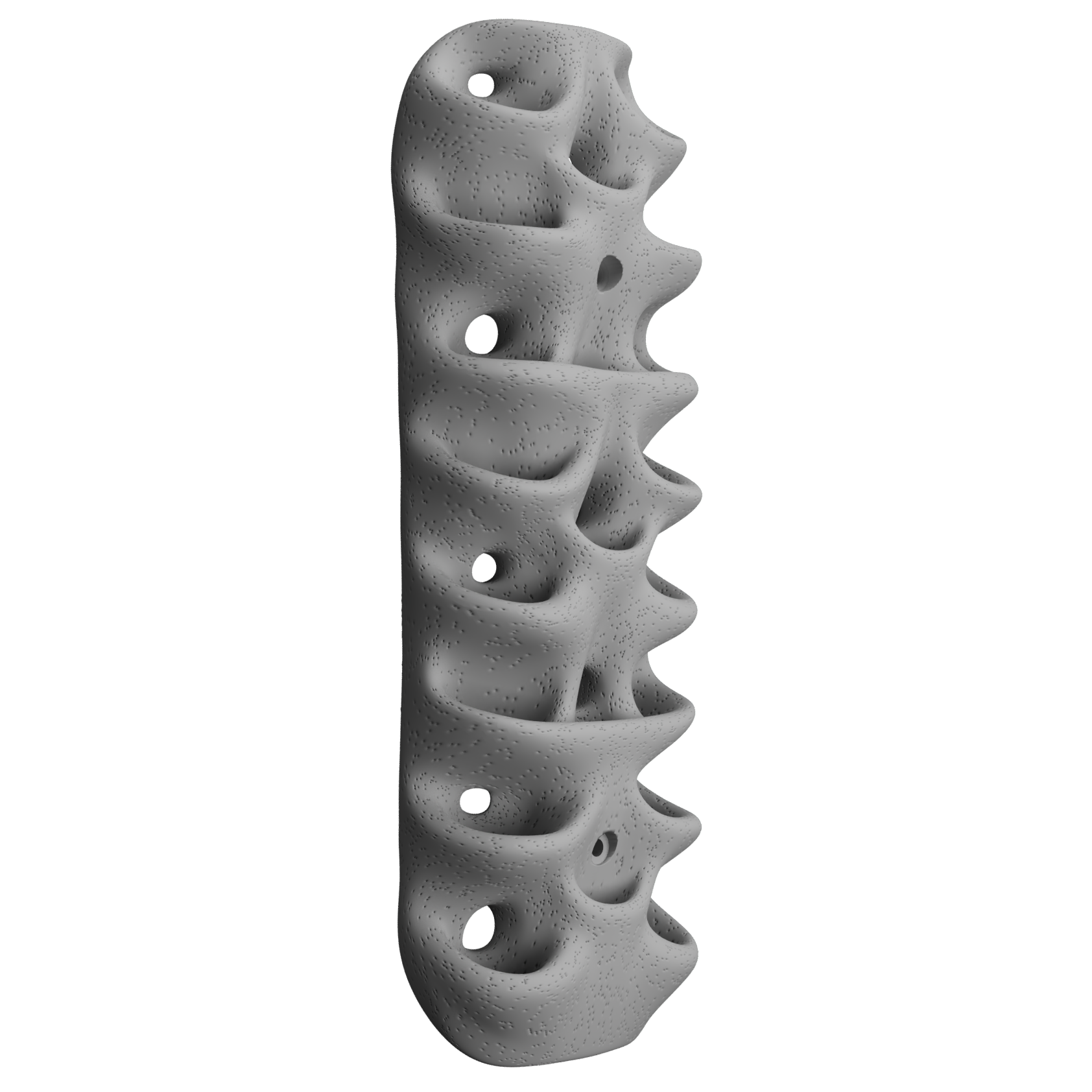
Module Types
Adding Complexity to Urban Shorelines
Living Seawalls offers an evidence-based solution to reduce the ecological impacts of artificial coastal infrastructure like seawalls, wharves, and revetments. While such structures support vital human functions, they often replace natural habitats with poor substitutes, reducing biodiversity. Where full restoration isn’t feasible, Living Seawalls enables the integration of nature-based or hybrid solutions that are ecologically sustainable, support biodiversity, and deliver community and environmental benefits. Planning biogenic shoreline habitats requires assessing both physical conditions—like wave energy—and social goals, such as recreation or education. Where hard structures are unavoidable, they should be used sparingly and designed to mimic natural shorelines by incorporating complexity at multiple scales.
Where hard structures are unavoidable, Living Seawalls designs can be integrated from the outset to enhance ecological value or retrofitted to existing structures. Habitat enhancing designs can be tailored to each site’s dimensions, supporting marine biodiversity through added surface complexity. Living Seawalls has three module types, which can be retrofitted to coastal structures. They consist of a number of innovative habitat units, each designed to enhance a particular type of marine structure. The designs are the outcome of decades of marine research and support multi-species biodiversity in a wide range of marine environments. Habitat units can be installed bare, or with key species such as oysters or seaweeds attached to their surface, to accelerate development of diverse and functional ecological communities. When co-located, habitat units of differing design can be used to achieve multiple outcomes at one site. The design, size and shape can be tailored to the needs of specific locations.
Habitat Enhancing Panels
Living Seawalls habitat panels are ecologically informed and currently available in 10 unique designs. With ecological consultation, bespoke designs can be created alongside our team of ecologists and design engineers. All designs have the potential to be cast into larger prefabricated modules. Specific designs may benefit different groups of marine organisms and when combined with different designs, they have the potential to support a diverse marine community. The full range of panels can be found in our brochure.
Living Boulders
The Living Boulder module was designed to fit within rocky revetment shorelines as a modified boulder that includes complex rockpools. Each boulder has three complex rockpool designs that mimic erosion patterns found on natural shorelines. The sides of the boulders are textured to encourage growth of algae and other habitat forming organisms. Rocky revetment shorelines do not typically provide thermal refuge due to their structure. Therefore, adding our Living Boulders amongst a rocky revetment provides refuge in the form of rockpools and shade. Microhabitats are integrated within the rockpools of the Living Boulders, providing habitat space for a wide variety of marine organisms.
Living Pilings
Living Pilings modules were designed to add water retaining features to wharf or boardwalk pilings. The design was inspired from the success of the rockpool habitat enhancing panel. Wharf pilings often encourage the growth of very different marine communities compared to natural rocky shorelines, and have similar exposure and structural problems as seawalls. By adding water retaining features to pilings, refuge is provided for marine organisms to survive and grow.
Installation
Living Seawalls does not provide installation services for our modules, but our team can provide ecological consultation on location and installation method. The cost of installation is dependent on the contractors used, and the installation site. If you are thinking of installing your own modules, please see the installation manual and ecological guidelines below.






